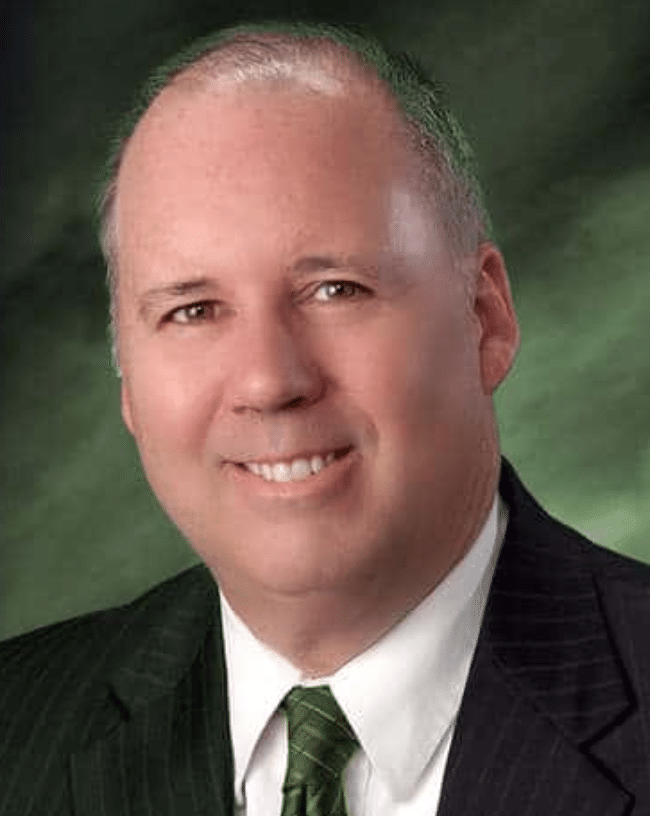 Pick up any paper, check any website, or listen to any local or national news station, and you are bound to hear about the rising crime rates, or the “surge” in violent crime, or the “spike” in criminal activity. There is outrage and handwringing and lots of blame to go around. The discussion keeps circling the same points: crime rates are rising, and what “we” are doing is not working.
Pick up any paper, check any website, or listen to any local or national news station, and you are bound to hear about the rising crime rates, or the “surge” in violent crime, or the “spike” in criminal activity. There is outrage and handwringing and lots of blame to go around. The discussion keeps circling the same points: crime rates are rising, and what “we” are doing is not working.
This is the wrong conversation.
How do we know? Because we have been practicing here since 1991, when founder Joseph Carey opened this firm. We know firsthand how much these alleged crime rates can fluctuate. But we also know that often, these “spikes” are predictable. Crimes of opportunity increase when there are opportunities. Crimes of passion increase when people are emotional. And so, the most likely times for an increase in crime are:
- At holidays, which combine the stress of planning with an increase in shopping, and an increased number of kids are out of school and left to their own devices
- In the summer, because the heat can make people irritable and short-tempered
- On weekends, where more people are outside of their homes
- At festivals or events, where people are more likely to be intoxicated or otherwise impaired
- In times of financial crises, when people are desperate and scared
This year, we have a new criterion: a global pandemic which kept us locked up indoors for close to a year and left many people jobless and facing eviction, coupled with increased civil unrest. It has been an incredibly stressful 15 months for the entire world. Tensions are high, and if the Roaring 20s teaches us anything, it is that the backlash to being cooped up for so long will inevitably lead to some bad behavior.
However, even if crime rates rise now that stay-at-home orders are lifted, the increase may not be an accurate measure. It would be a return to “normal,” because with a few exceptions, crime rates dropped over the last year.
Cities saw decreased crime rates in multiple areas
Researched published in SSRN in 2021 found “a widespread immediate drop in both criminal incidents and arrests most heavily pronounced among drug crimes, theft, residential burglaries, and most violent crimes. The decline appears to precede stay-at-home orders, and arrests follow a similar pattern as reports.”
Based on the data from the last five years, collected from 25 different cities, the research showed:
- Reported crimes dropped by 23.3%
- Property crimes dropped by 19.3%
- Residential burglary dropped by 23.5% (though non-residential burglary increased)
- Theft dropped by 28.2%
- Theft from vehicles dropped 20.3% (though carjackings increased)
- Drug crimes dropped 65%
- Robbery dropped 20.2%
- Aggravated assault dropped 15.9%
- Assault dropped 33.3%
The research also showed that homicide rates and shootings stayed at the same level as pre-pandemic years, “suggesting that criminal activity was displaced to locations with fewer people.”
What does all of this mean? That when you decrease opportunity, crimes of opportunity decrease, too. When people feel tense, frustrated, angry, and/or frightened, crimes of passion will continue.
How can we decrease the “normal” crime rates?
Assuming 2021 returns to a baseline of sorts, there are systemic issues that still need to be addressed. Baltimore’s crime rates, for example, are still high, and the new Mayor’s long term planning will not reduce crime overnight; it will take time to implement and see results.
That means we must find other ways to reduce criminal actions as well as crime rates. On that end, we have some ideas.
Support community outreach organizations.
According to the Brennan Center for Justice, “in a city of 100,000, each new nonprofit community organization lead to a 1.2 percent drop in the homicide rate, a one percent reduction in the violent crime rate, and a 0.7 percent reduction in the property crime rate.” That equals 1,200 fewer homicides, 1,000 fewer violent crimes, and 700 fewer property crimes per 100,000 per year.
Address substance abuse and mental illness differently.
It is a fact that our justice system is failing those struggling with substance abuse and mental illness. Incarceration is not working – but treatment and proper healthcare does, and it costs less than punishment. Per research cited by the Brookings Institute:
an increase in the number of treatment facilities causes a reduction in both violent and financially-motivated crime. This is likely due to a combination of forces: reducing drug abuse can reduce violent behavior that is caused by particular drugs, as well as property crimes like theft committed to fund an addiction. Reducing demand for illegal drugs might also reduce violence associated with the illegal drug trade. The authors [of the study] estimate that each additional treatment facility in a county reduces the social costs of crime in that county by $4.2 million per year. Annual costs of treatment in a facility are approximately $1.1 million, so the benefits far exceed the costs.
Focus on probation, not incarceration, to reduce recidivism.
About 50% of convicted offenders will offend again, per research done by Florida Tech. However, when offenders were released into probationary programs, the number of re-arrests dropped to 35.1%, as opposed to 52.5%. That is a 17.4% difference – not insignificant. Working with offenders to decrease recidivism is important, and it is documented as successful.
Rely on the help of criminal defense lawyers.
This last suggestion may seem counterintuitive, but it really is not. Criminal defense lawyers often work with prosecutors to implement alternative sentencing options like drug courts and probation before judgment. We understand that these alternatives are often more successful for reducing recidivism and for getting people the help they need to address the underlying issues in their lives. We know that when people are given a true second chance – especially when they are young – that they can and do turn their lives around.
In the end, “reducing crime rates” is a catchy slogan, but it focuses on the wrong issue. Instead of focusing on the acts, we should be focusing on the people, and what we can do to help them. And the best thing we can do to help people is address their underlying needs with compassion. We believe in true justice, which is more than just punitive actions and brute force. When we start dealing with the root causes instead of reacting to the end results, we will see the difference.
Carey Law Office has served the people of Bowie, Crofton, Owings, and Maryland for 30 years. If you are facing criminal charges, we are here to help. Please contact us at 301.464.2500 or through our contact form to schedule a consultation.

My name is Joe Carey, and I am the founder and principal attorney of the Carey Law Office. I have lived in Maryland my entire life. I grew up in a small town in Prince George’s County and, with the help of my partner in life, Nancy, I raised my family here: three exceptional children (a son and two daughters), and two goofy, spoiled black Labrador Retrievers. Learn More









